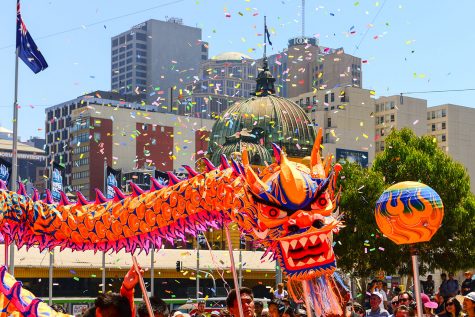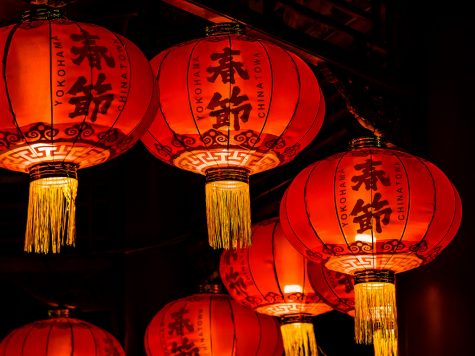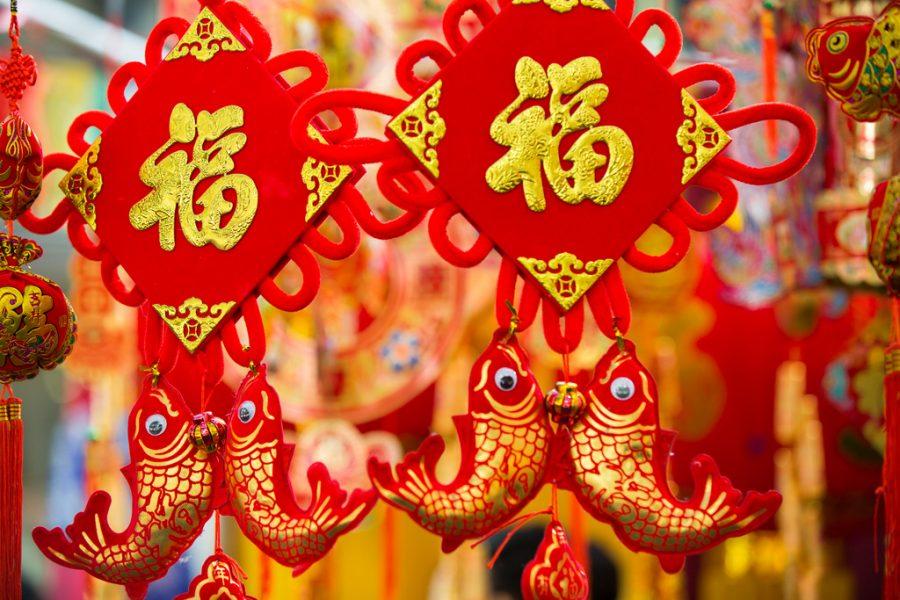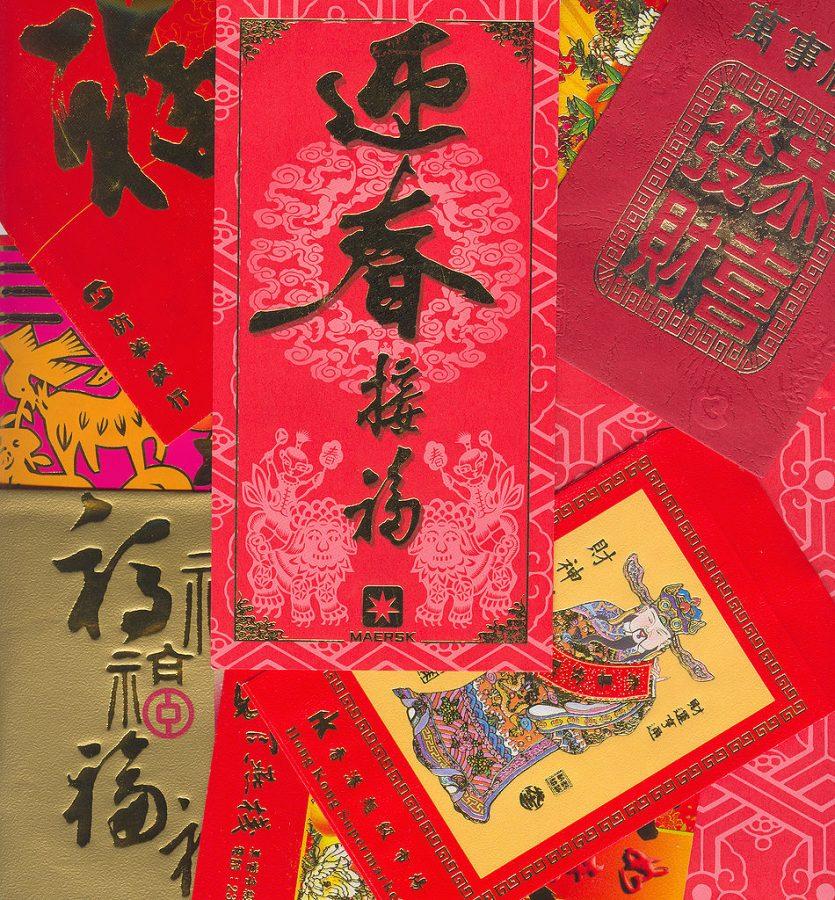Chinese New Year: from myth to tradition
Boom, boom, boom! The streets fill with the lively drumming, reflecting the feeling of urgency from red banners that hang on the doors of the neighboring houses. The sounds echo through your bones, your heart keeping in tune with the beat. Red lanterns decorate the trees above, illuminating the night sky with a soft, warm glow. People fill the streets in traditional red Chinese outfits, dancing to the rhythm with grace and elegance. What follows after them radiated importance and value as everyone looked up to it in awe. With sharp teeth and a harsh scowl, the beast illuminates gold and red, a significant symbol of Chinese culture. Dancers dressed in dragon costumes stand near the large beast, performing traditional “lion dances” to the gathering crowd. Every move is sharp and full of energy that sparked the crowd’s excitement and cheers. The commotion of firecrackers burst against your eardrums and smoke flows up into the air, disappearing into the skies above. This is Chinese New Year.

Did you ever wonder why the Chinese New Year is associated with a dragon? Chinese mythology has an answer: Nian, a legendary mythical beast, was said to be a demon creature that lived in the mountains of China. On the first day of the New Year, he would attack the villages, eat livestock and attack anyone outside, including children. The story becomes murky from there. Some say a god came down to protect the village, and told the villagers Nian feared the color red, fire, and loud noises. Others say the villagers simply figured out what Nian was afraid of. During the following New Year, the villagers hung red lanterns, scrolls, and used firecrackers to scare away the beast. The story set up the foundation for Chinese New Year traditions done today.

There are many traditions intertwined in the holiday, originating from infamous Chinese myth of Nian. From hanging red banners that symbolize success and fortune, to giving red envelopes with money for good luck, theChinese often associate certain acts during the days of celebration with superstition. One of the most important things is to avoid is a year of bad luck. They believe the beginning of the new year affects the rest of it; so it is important to be good in the month of January and February! You can avoid receiving bad luck by not begging, not asking for loans, and not washing your hair for the first three days of the holiday in order to not wash away any good luck. Crying children also thought to bring bad luck to the family, which is why parents try to keep their kids happy throughout the month.

Following the Chinese zodiac cycle, every year is named after an animal. The year of each animal reoccurs every 12 years. 2017 marks the year of the rooster. Roosters born this year are said to grow up to be trustworthy, have good time management, and are responsible. Chinese New year, also known as the Spring Festival or Lunar New Year, follows the lunisolar calendar. This means it changes every year. This year, Chinese New Year took place on the 28th of January. Festivals all over the world will last from the 28th of January to the 2nd of February, making it the longest and most important holiday for the Chinese. Families all over the world are making preparations to celebrate. The streets of mainland China will be covered with red banners, lanterns, and performers. The homes of those who celebrate will have traditional Chinese foods such as fish, duck, dumplings, and rice cakes.
Chinese New Year takes an important part in the lives of the Chinese community. It celebrates the culture and traditions that derive from a large, vast group of people. For those who live in different areas of the world, the holiday is a connection to their Asian heritage. “It reminds me of where I come from despite not being a citizen of China,” says Irena Sun, freshman. From the mainland streets of China to the busy roads of London, people are welcoming the Spring Festival with open arms.

Hi! My name's Courtney and I'm the publicity manager and honorary team leader. I'm looking forward to doing great things for the Outlook this year, including...







